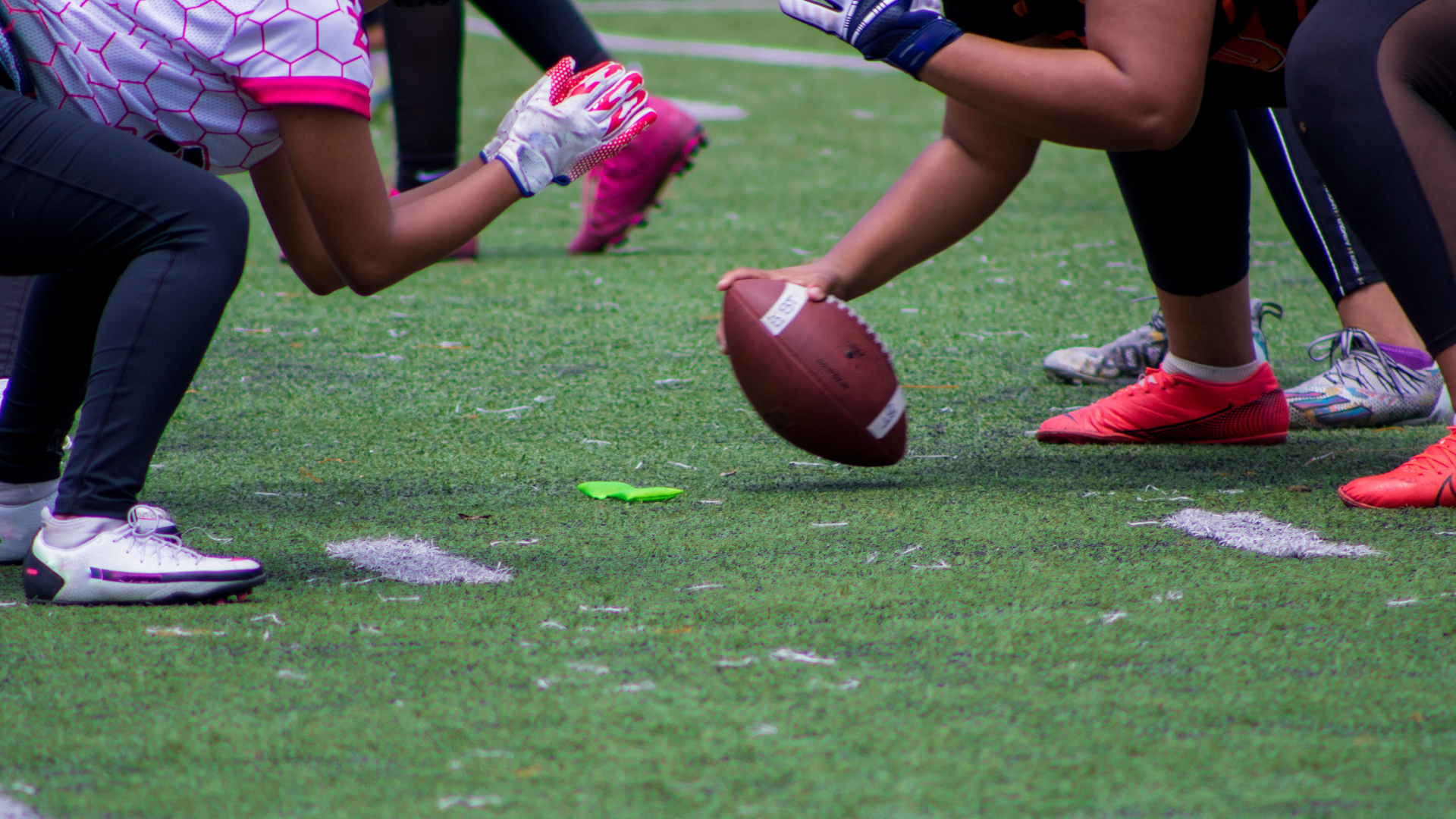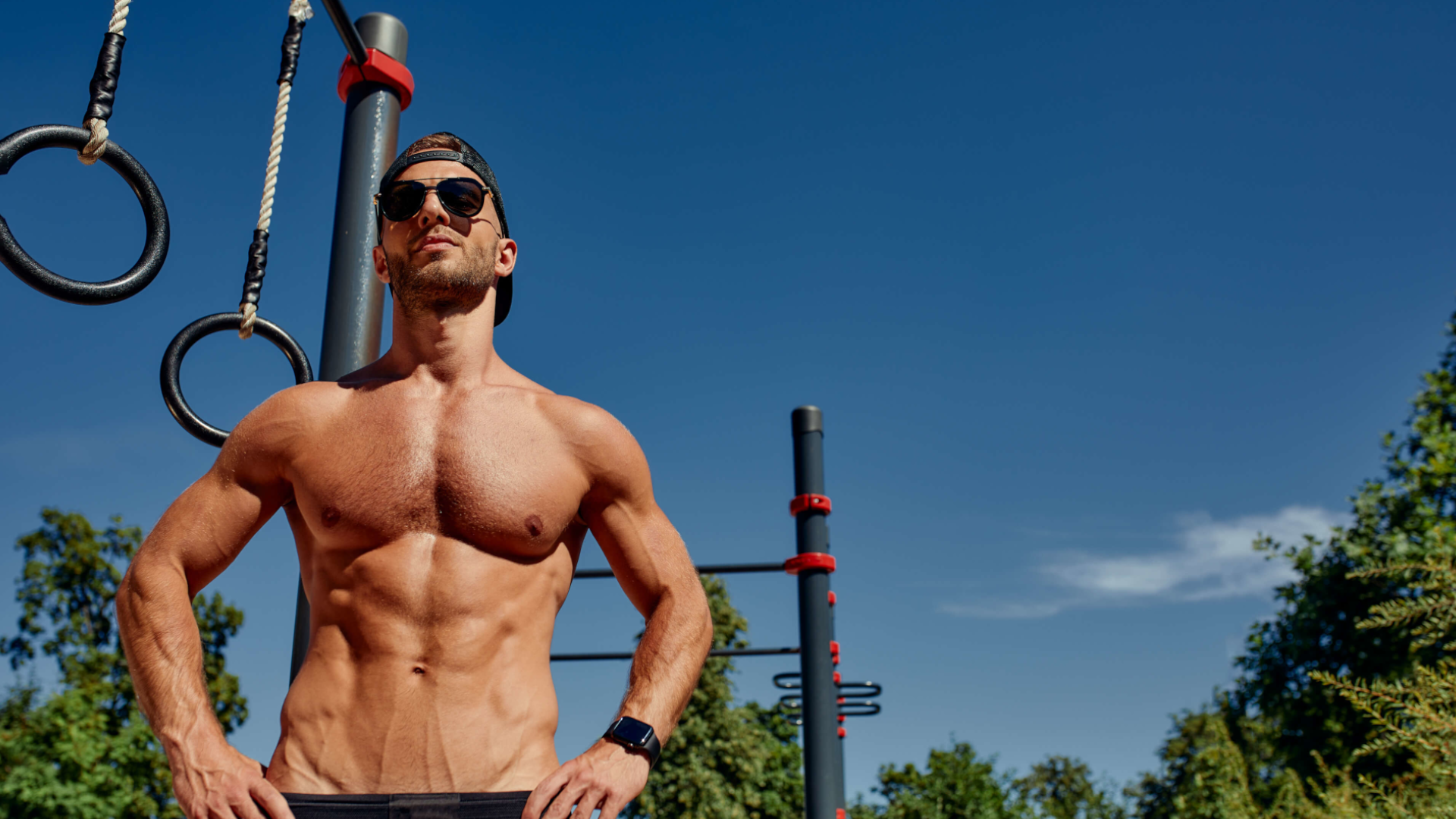For many years, Pyramid Training has been one of the gold standards for bodybuilders who want to maximize their gains without using things like steroids (natural steroids are OK, though!).
However, recent research and developments seem to suggest that the exact opposite, reverse pyramiding, is also true.
Reverse Pyramid Training (RPT), as it’s called, is also a fantastic way to help improve your gains and get the most out of your workouts. If you want to learn more about RPT so you can decide whether or not it’s something you want to try out, then read on!
What is Reverse Pyramid Training (RPT)?
RPT training is basically the opposite of the traditional pyramid training.
Pyramid training starts with low weights and higher reps for the first set. Throughout the workout, you lead to higher weights with fewer reps.
Reverse pyramid training, on the other hand, involves starting at your heaviest for the first set, usually at a lower number of reps. After that first heavy set, you pyramid downwards by gradually reducing the amount of weight and increasing the number of reps for set 2, set 3, etc.
Both of these types of training are different from standard hypertrophy training, which focuses on trying to do the same amount of reps, with the same amount of weight, for each set.
RPT is believed to be one of the most effective ways of helping people break through plateaus, in addition to being a great way to improve muscle gains.
The reason that RPT is so popular is that it helps people increase their 1-rep max quickly. When your muscles are ‘fresh,’ so to speak – meaning you haven’t started to strain them by working out – you’re capable of lifting more weight, plain and simple.
Common sense alone is enough to tell you that this is the best time for you to lift your heaviest weights.
RPT is just a style of lifting that follows that common sense, and your body’s natural rhythm. Start with your heaviest weight, and continue to lower the weight as you get more exhausted.

How to do RPT training?
You can be pretty non-specific when you’re doing RPT training if you want. Basically, as long as you’re starting with heavier lifts and stripping weight off the bar in between sets, you’re doing reverse pyramid training.
However, there are some guidelines and recommendations that are often followed by people who are interested in RPT. A lot of these techniques were popularized by Martin Berkhan, who was one of the first trainers to bring RPT to public attention.
Some of the most important and widely-accepted guidelines for RPT training include:
- Stick to 3 full-body workouts every week. Have a day of rest in between each workout. Most people use the simple Monday – Wednesday – Friday workout schedule.
- Focus on two main lifts for each workout. Build the rest of your workout based around these two lifts, for example, squats and chin-ups.
- Strip weight off the bar after each set. Many people find that 10% of your starting weight is a reasonable amount to strip off the bar.
- Increase reps as you strip weight. If you’re stripping 10 lbs off the bar each set, you can increase the number of reps you’re doing by 2.
- Rest between sets for somewhere between 2-5 minutes. This is one of the reasons that RPT is different from other, more aggressive training practices.
- Follow double progression. Once you’re able to comfortably do all the reps in a given set, it’s time to increase the weight!
If you’re following these basic guidelines then you’re going to be doing some pretty solid RPT training.
At least, according to some people. It would seem that there are a variety of different schools of thought regarding what RPT is.
Another way to look at RPT is a form of training that involves bringing yourself (almost) to failure repeatedly, regardless of what weight you’re working at.
In this form of RPT, you do your top (heaviest) set first and push yourself until you fail (meaning until you can’t do another rep without good form.) Then, reduce the weight a bit, and do reps until failure. Repeat this one more time, then switch exercises.
For consistency, we’ll refer to the previous style of RPT for our examples.

Example Reverse Pyramid Training routine
Naturally, everyone’s going to have their own RPT workout routine. This is important. The reverse pyramid training results that you get should be those which cater to your specific goals and desires.
However, it’s still a good idea to have a basic reverse pyramid training template. Here’s a simple sample that you can easily adapt to your workout routine.
This RPT workout example covers all three of the week’s workouts.
Monday:
- Bench press. 3 sets total. Start with 6-8 reps, strip off 10%. Next, do 8-10 reps, strip off 10%. Then, 10-12 reps. Do this 3 times.
- Barbell rows. Following the same formula: 3 sets of 6-8 reps, 8-10 reps, then 10-12 reps.
- Skullcrushers. 2 sets of 10 reps each.
- Barbell curls. 2 sets of 10 reps each.
Wednesday:
- Front squats: 3 sets of 6 reps each, then 8 reps, then 10 reps.
- Chin-ups: 3 sets of 6 reps each, then 8 reps, then 10 reps.
- Hanging leg raises: 2 sets of 10 reps each.
- Barbell curls: 2 sets of 10 reps each.
Friday:
- Conventional deadlifts: 2 sets of 6 reps, then 8 reps.
- Overheard presses: 3 sets of 6 reps, then 8 reps, then 10 reps.
- Lateral raises: 2 sets of 10 reps each.
- Overhead extensions: 2 sets of 10 reps each.
Reverse Pyramid Training benefits
There are several benefits that you can enjoy when it comes to Reverse Pyramid Training. These include:
- RPT is a minimalist form of training and can be enjoyed by people who only have a few days per week to work out. RPT can be done with only 3 workouts per week, and each of these workouts doesn’t even need to last an hour.
- RPT is quick and effective.
- If you are the type of trainer who craves intensity and adrenaline, RPT allows you to get that hit without over-exerting yourself or damaging your body.
Reverse Pyramid Training downsides
 While RPT might have some interesting benefits, it’s not necessarily the best form of exercise that you’ll ever find. There are arguably more downsides to RPT than there are benefits.
While RPT might have some interesting benefits, it’s not necessarily the best form of exercise that you’ll ever find. There are arguably more downsides to RPT than there are benefits.
- Research shows that RPT training is just about as effective as standard hypertrophy training.
Wait, what? That’s right – in fact, in the study I just linked to, the group practicing regular hypertrophy training actually gained 0.1% more muscle.
While that’s hardly anything, that also shows that there’s not really any serious advantage to using pyramid training for building muscle.
- RPT isn’t great for beginners.
You need to make sure that you have strong form before you attempt to do intense workouts like this because you’re so often bringing yourself close to the point of failure.
Without prior training and exercise, this can cause injuries.
- RPT isn’t sustainable and you’ll probably plateau relatively quickly (although some people have reported success with using RPT to push themselves out of a plateau).
Either way, bringing yourself this close to failure every time you work out isn’t great for your recovery time – even if you’re eating great recovery foods – since your muscles will require a longer time to repair.
If you do RPT as your regular workout, eventually your muscles are going to stop growing because they’re not getting enough time to rebuild.
- Another downside – highly subjective one – is the idea that your maximum is actually a variable term.
For example, your maximum on a day when you’re highly invigorated, just found a new girlfriend, and are surrounded by supportive bodybuilders screaming encouragement at you would probably be higher than your max on a day when you’re depressed and lonely.
This alone shakes the foundation of RPT.
- RPT focuses on maxing out, which can be mentally stressful.
You might start to dread the workout itself if you know that you’re going to have to be maxing out every time you lift a weight. This mental fatigue can start to stress you out before you even get to the gym.
As you can see, the list of drawbacks is quite big. While RPT might have some specific applications, and may indeed be preferred by some people, it’s not necessarily the best workout plan for general usage.
Conclusion
RPT is an effective style of workout training, but it doesn’t have that many benefits compared to any other type of training. It’ll certainly help you put on more muscle and will keep you fit and toned, but it tends to cause people to plateau.
That, coupled with the fact that RPT is mentally strenuous and not any better for you than less demanding workouts, meaning that it’s not for everyone. However, if you like to really feel your workouts, or crave the high-intensity feelings of a powerful workout, RPT may be perfect for you.
Over 299,434 purchases
Over 509,389 bottles sold
Over 30,563,340 pills taken









